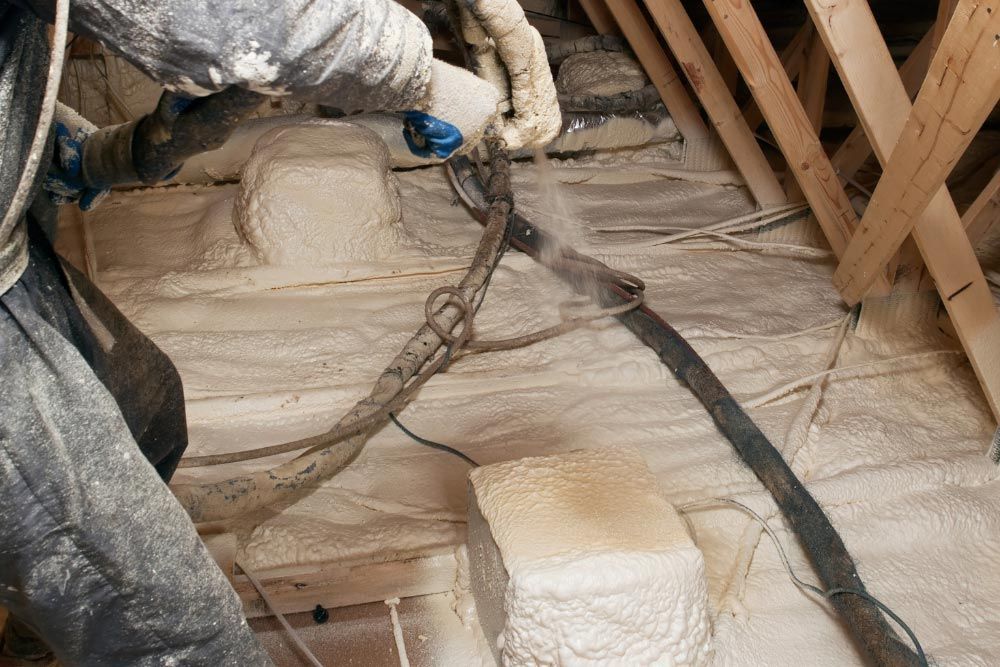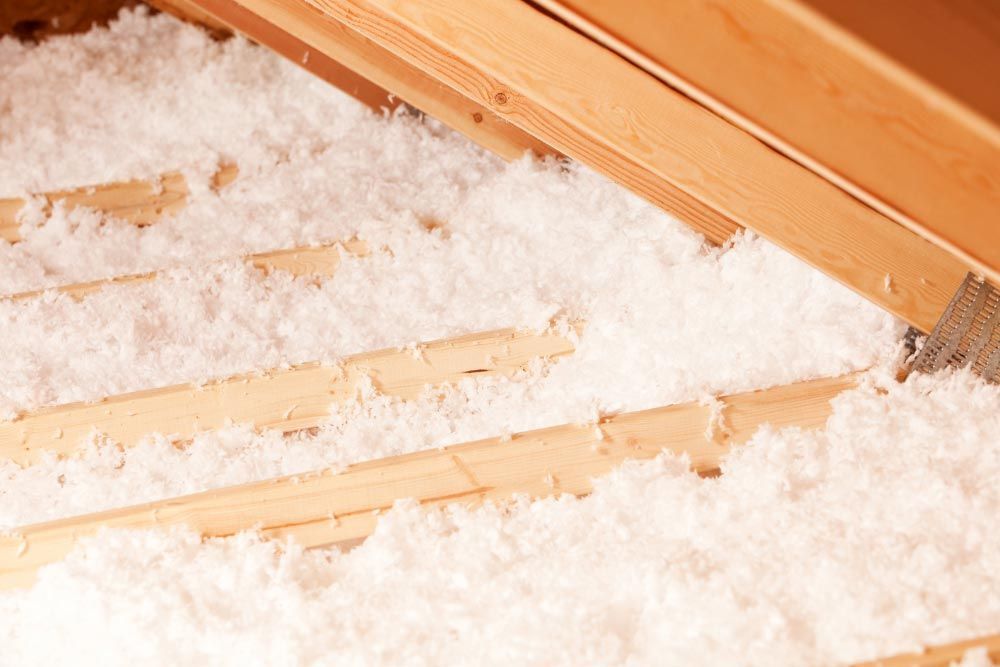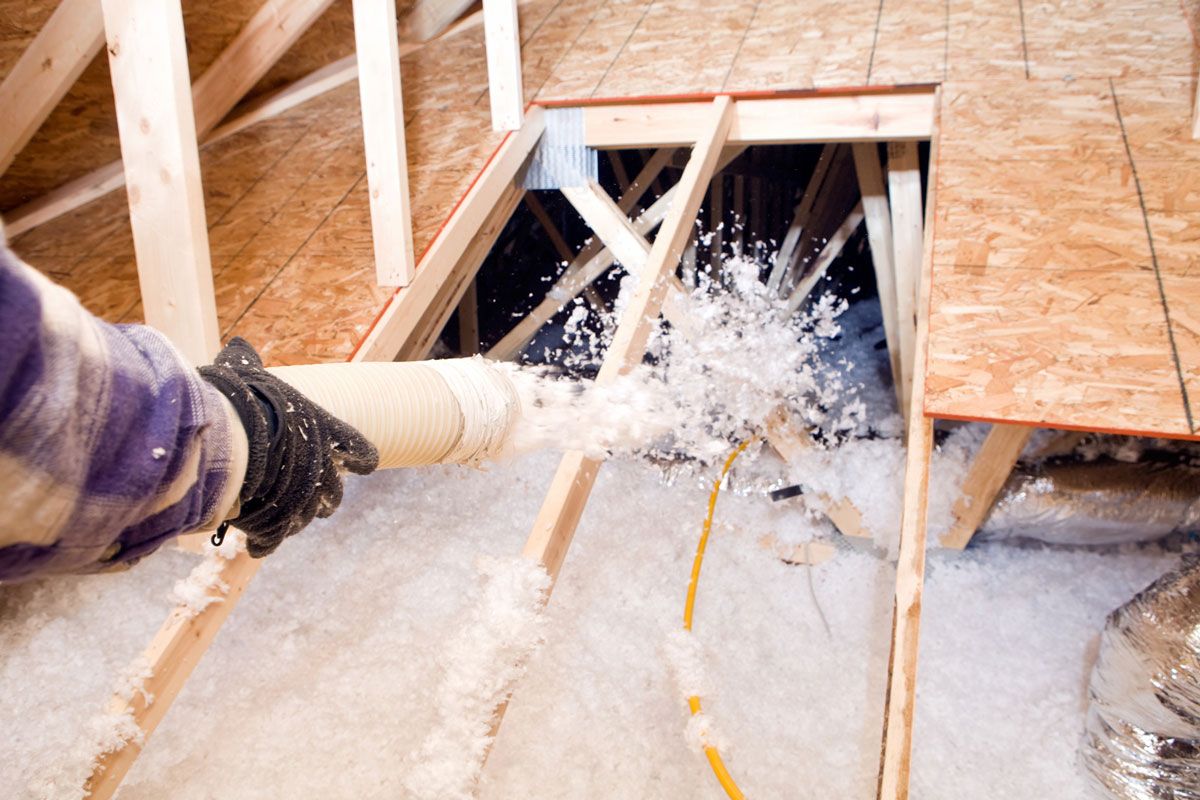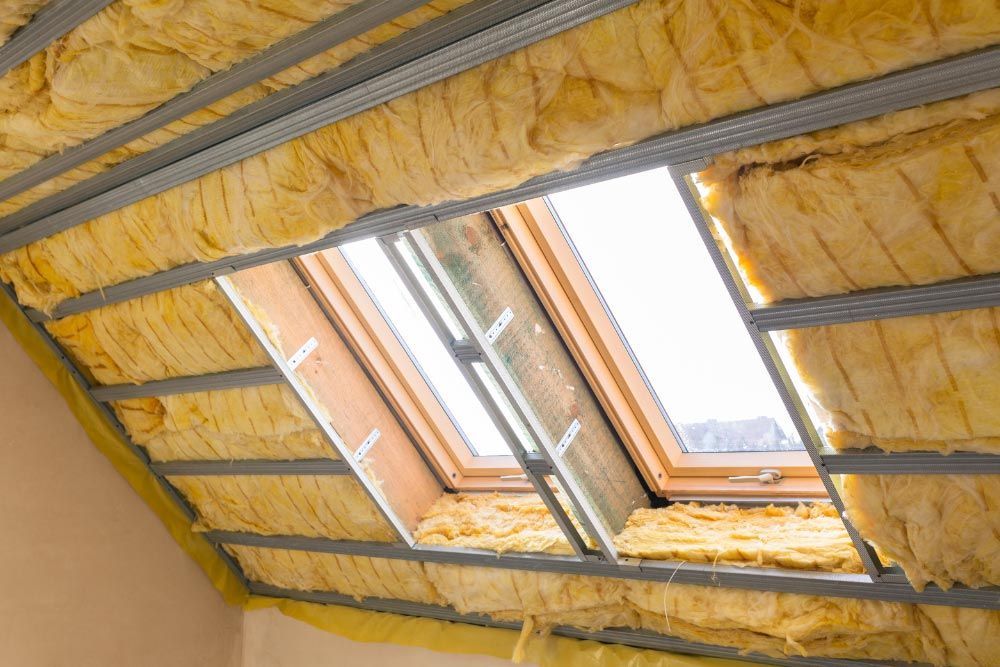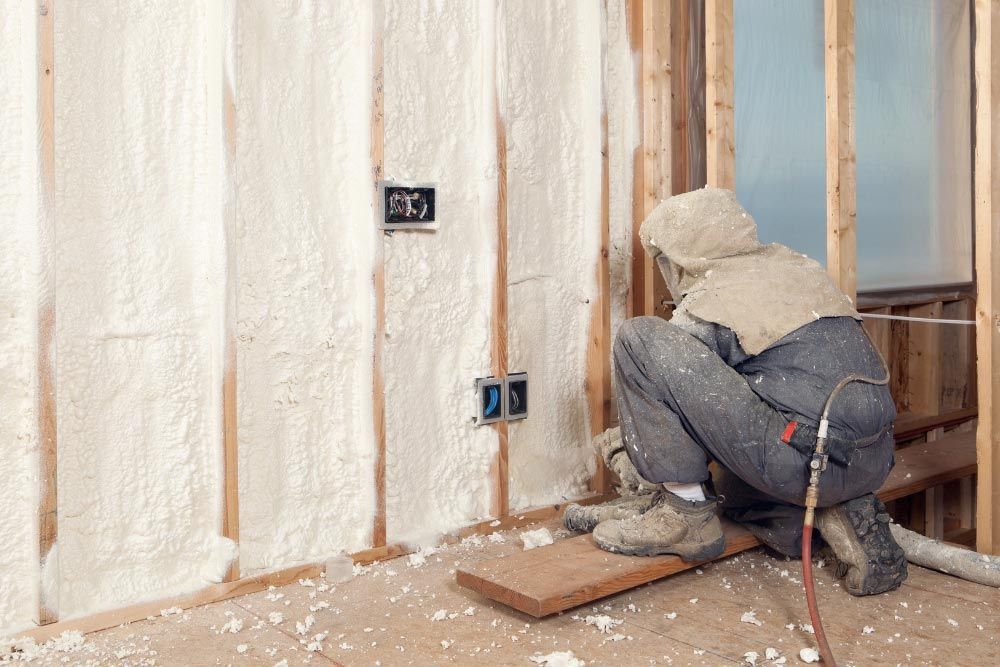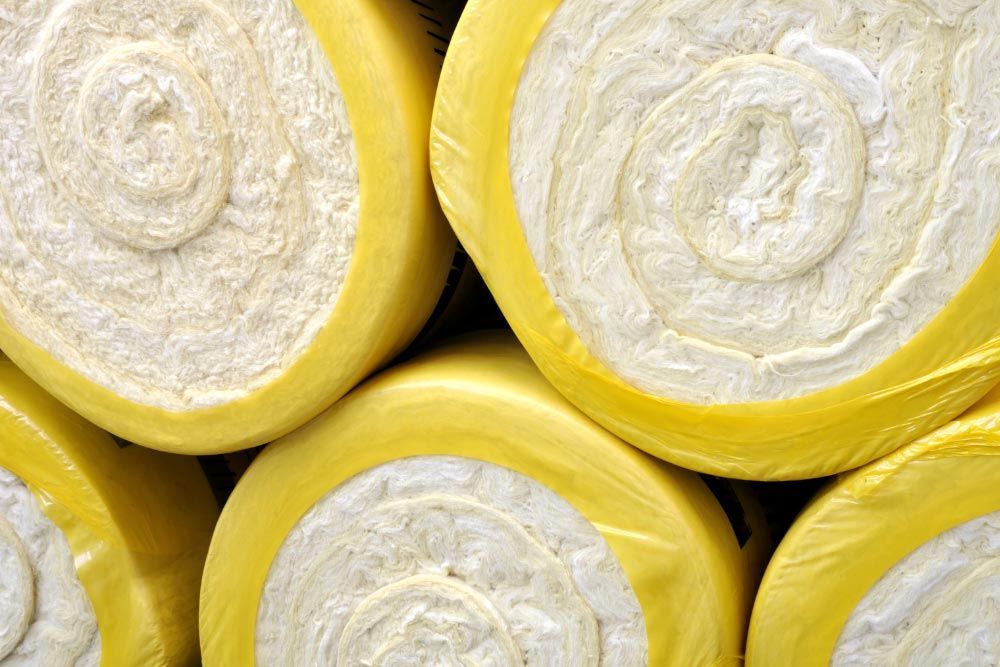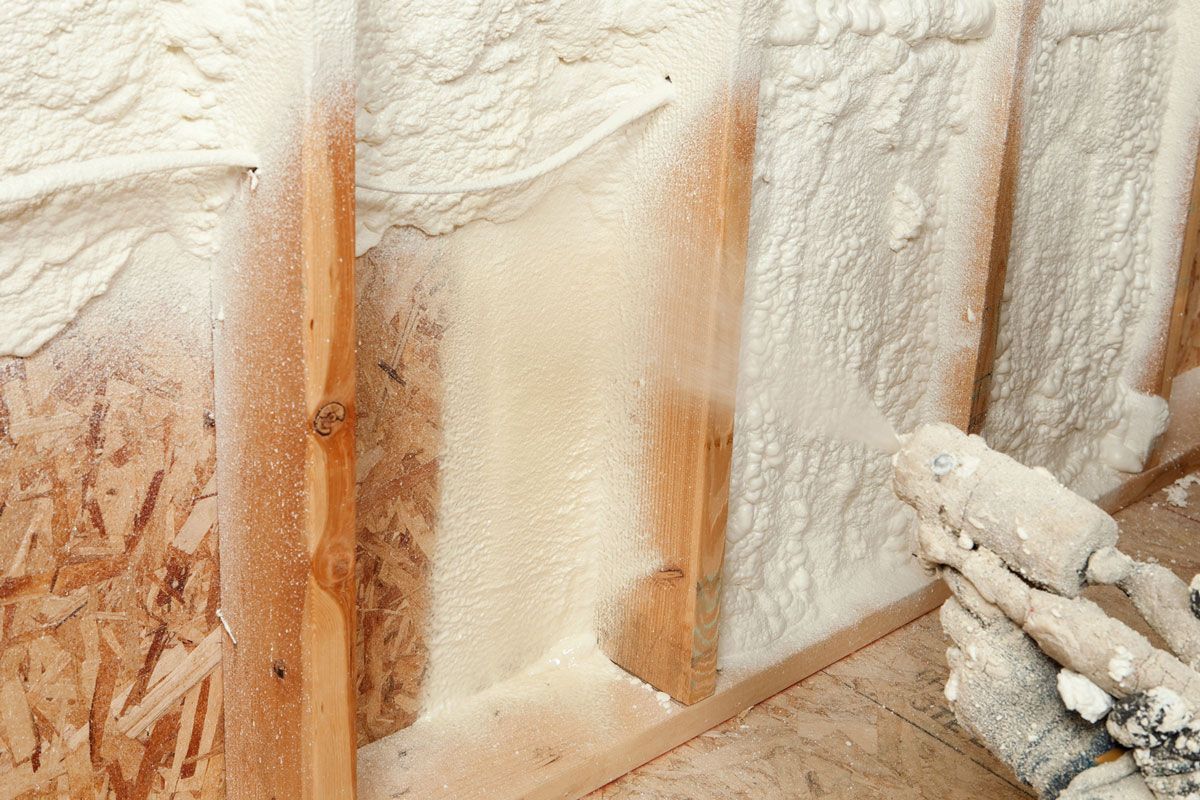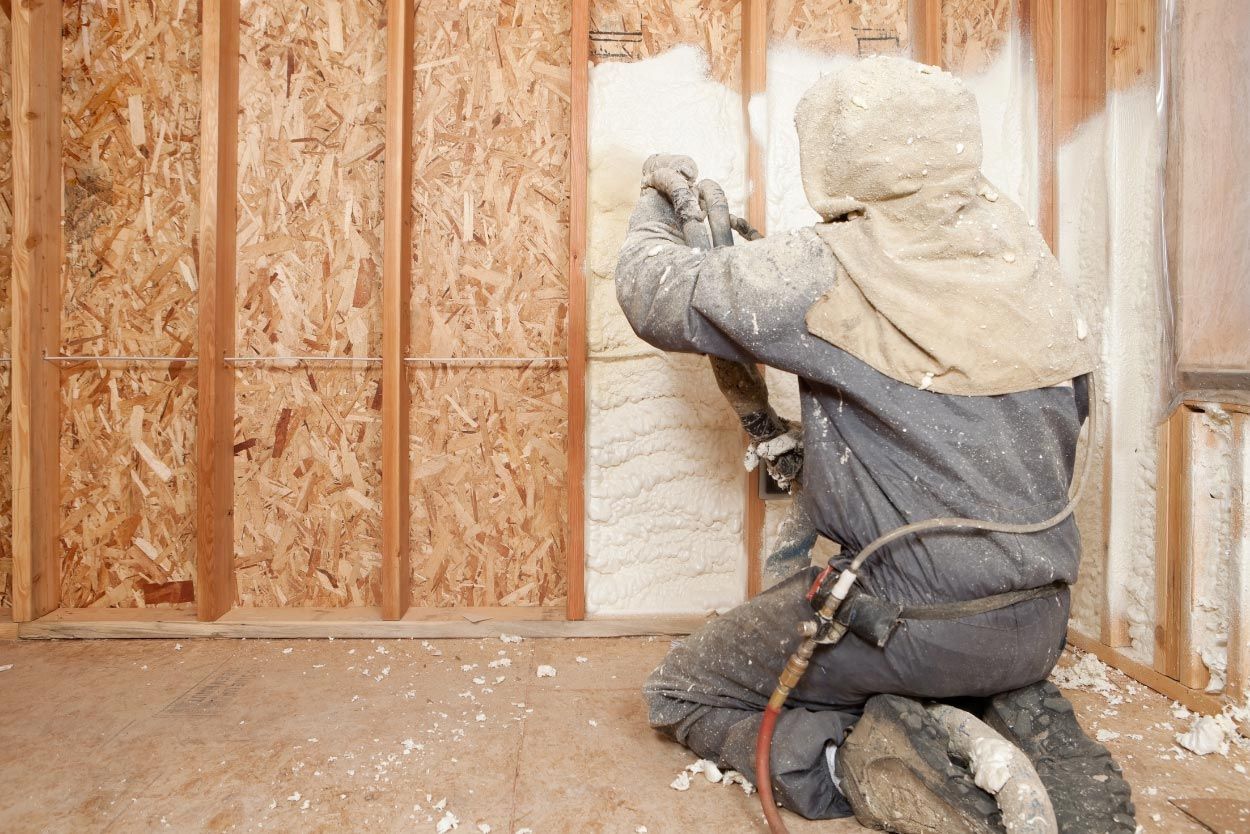Attic Insulation Cost in 2025: Complete Guide for Homeowners
When it comes to making your home energy-efficient, comfortable, and compliant with building codes, attic insulation plays a huge role. Whether you’re trying to cut down on those high heating bills or keep your home cool in summer, insulation is one of the smartest home upgrades you can make. But the big question is, how much does attic insulation cost in 2025, and what should you expect?
In this guide, we’ll break down everything you need to know about attic insulation costs, from factors that influence pricing to code requirements, cost ranges by insulation type, and why hiring a professional is worth every penny.
Why Attic Insulation Matters More Than Ever
Your attic is often one of the main sources of energy loss in your home. According to the U.S. Department of Energy (DOE), proper attic insulation can reduce heating and cooling costs by 10–50%. This isn’t just about comfort, it’s also about long-term savings.
Here’s why attic insulation is so important in 2025:
- Energy Efficiency – Reduces heat transfer, lowering HVAC workload.
- Comfort – Maintains stable indoor temperatures year-round.
- Moisture Control – Prevents condensation that can lead to mold growth.
- Compliance – Meets local and national energy efficiency building codes.
Average Attic Insulation Cost in 2025
The average cost to insulate an attic in 2025 ranges between $1.50 and $4.00 per square foot, depending on the type of insulation, installation complexity, and your region.
| Project Size | Low-End Cost | High-End Cost |
|---|---|---|
| 1,000 sq. ft. | $1,500 | $4,000 |
| 1,500 sq. ft. | $2,250 | $6,000 |
| 2,000 sq. ft. | $3,000 | $8,000 |
Note: These estimates include materials and labor. DIY costs may be lower, but professional installation ensures compliance with International Energy Conservation Code (IECC) requirements.
Factors That Affect Attic Insulation Cost
Several factors can impact your attic insulation cost:
- Type of Insulation
- Fiberglass Batt – Affordable, easy to install, $1.50–$3.00/sq ft.
- Blown-In Cellulose – Great coverage, eco-friendly, $2.00–$3.50/sq ft.
- Spray Foam – Superior air sealing, higher cost, $3.00–$5.00/sq ft.
- R-Value Requirements
- The R-value measures thermal resistance.
- The DOE recommends R-38 to R-60 for attics in most U.S. climates.
- Higher R-values require thicker or more efficient insulation, increasing cost.
- Labor Costs
- Professional installation typically costs $1.00–$2.00 per sq ft depending on accessibility and complexity.
- Removal of Old Insulation
- If your attic has damaged or contaminated insulation, removal can cost $1.00–$2.50 per sq ft.
- Accessibility
- Tight spaces, angled roofs, or obstacles can increase labor time and cost.
Attic Insulation Cost by Type
Here’s a breakdown of common insulation types and their typical installed costs in 2025:
| Type | Cost per sq ft (Installed) | R-Value per Inch | Pros | Cons |
|---|---|---|---|---|
| Fiberglass Batt | $1.50 – $3.00 | 2.9 – 3.8 | Affordable, easy install | Can leave gaps if not fitted well |
| Blown-In Cellulose | $2.00 – $3.50 | 3.2 – 3.8 | Good coverage, eco-friendly | Settles over time |
| Spray Foam | $3.00 – $5.00 | 6.0 – 7.0 | Best air seal, high R-value | Higher cost |
| Mineral Wool | $2.50 – $4.00 | 3.0 – 3.3 | Fire-resistant, moisture-resistant | Less common, slightly higher price |
Energy Savings vs. Cost
Upgrading attic insulation is one of the most cost-effective home improvements for long-term savings and comfort. According to the EPA’s ENERGY STAR program, here’s what you can expect:
- Annual Energy Savings: $200–$400 for the average U.S. household.
- Payback Period: Most homeowners recover their investment within 3–5 years through lower utility bills.
- Improved Comfort: More consistent indoor temperatures year-round.
- HVAC Longevity: Reduced strain on heating and cooling systems, extending their lifespan.
- Eco-Friendly Impact: Lower energy use means a smaller carbon footprint.
By combining financial savings with comfort and environmental benefits, attic insulation delivers both short-term and long-term value.
Building Codes & Compliance
When insulating your attic, it’s important to meet or exceed building code requirements. In the U.S., attic insulation must comply with:
- IECC (International Energy Conservation Code) – Specifies minimum R-values for each climate zone.
- Local Building Codes – States like Colorado often require R-49 or higher for attics.
- Fire Safety Standards (ASTM E84) – Insulation must meet flame spread and smoke development ratings.
- Moisture Barrier Codes – Some jurisdictions require vapor barriers to prevent condensation.
Failing to meet these codes can result in failed inspections, reduced home value, and even higher long-term costs.
DIY vs. Professional Installation
While DIY attic insulation can seem appealing, it often comes with trade-offs that make professional installation a smarter and more convenient choice.
DIY Pros
- Lower cost upfront – You save on labor, but risk sacrificing quality.
- Flexible installation schedule – Work at your own pace without hiring a crew.
DIY Cons
- Higher risk of gaps or uneven coverage – This reduces insulation effectiveness and energy savings.
- Potential code violations – Mistakes can lead to failed inspections or costly rework.
- Safety hazards – Fiberglass handling, poor ventilation, and attic heat can cause injury or health issues.
Professional Pros (Better Choice)
- Guaranteed code compliance – Licensed installers follow all local building regulations.
- Better air sealing and energy efficiency – Professionals use proper techniques for maximum performance.
- Warranty on workmanship – Protects your investment for years to come.
- Faster, cleaner installation – Teams finish in hours, not days, with minimal disruption.
When to Replace Old Insulation
You should consider replacing attic insulation if:
- It’s compressed or damaged – Flattened insulation loses its insulating ability.
- There are signs of mold or pests – Moisture or infestations compromise performance and safety.
- Your energy bills are rising unexpectedly – Indicates heat loss or poor insulation efficiency.
- It’s below the recommended R-value for your area – Insufficient thickness means reduced comfort.
- You notice drafts or uneven temperatures – Poor insulation allows heat to escape in winter and enter in summer.
Get Expert Attic Insulation in Centennial, CO
If you’re ready to upgrade your attic insulation and enjoy a more comfortable, energy-efficient home, Mile High Centennial Insulation is here to help.
We specialize in:
- Residential Insulation
- Agricultural Insulation
- Spray Foam Insulation
- Garage Insulation
- Commercial Insulation
- Attic Insulation
Contact Information:
contact@insulationcentennial.com
6767 S Vine St #1014, Centennial, CO 80122, USA
Our expert team ensures your project meets all IECC, local building codes, and safety standards, while delivering lasting comfort and savings.
Your Home’s Comfort and Savings Start Here
Upgrading your attic insulation isn’t just a home improvement, it’s a long-term money-saving strategy. Yes, costs can vary depending on materials, attic size, and labor, but the payoff goes far beyond lower energy bills. You’ll enjoy a more comfortable home year-round, fewer temperature swings, and the satisfaction of knowing your home is working efficiently for you. Think of it as an investment that pays you back every month, in both comfort and savings. The sooner you upgrade, the sooner you start reaping the benefits.
Frequently Asked Questions
How much does it cost to insulate a 1500 sq ft attic?
For a 1,500 sq ft attic, expect to pay $2,250–$6,000 in 2025, depending on insulation type, R-value, and labor.
Is attic insulation worth the cost?
Yes. Attic insulation reduces energy bills, improves comfort, and increases home value. Most homeowners recover the cost within 3–5 years through energy savings.
How much is 1000 square feet of insulation?
For 1,000 sq ft, costs range from $1,500–$4,000 installed, depending on insulation material and labor rates.
How much should I expect to pay for attic insulation?
In 2025, expect $1.50–$4.00 per sq ft installed, with spray foam being on the higher end and fiberglass batt on the lower end.


